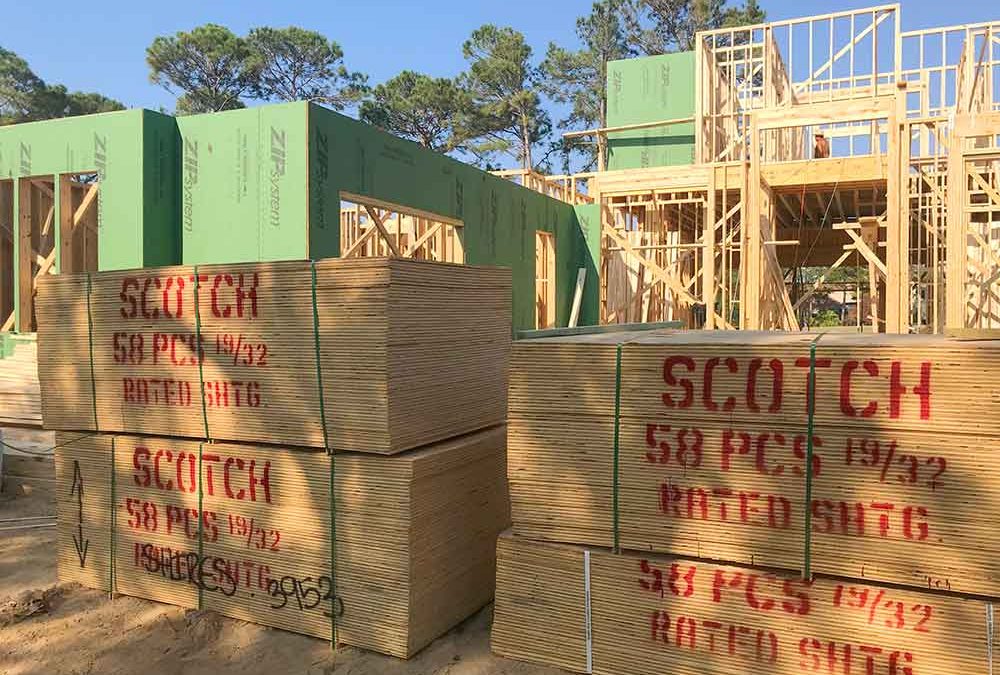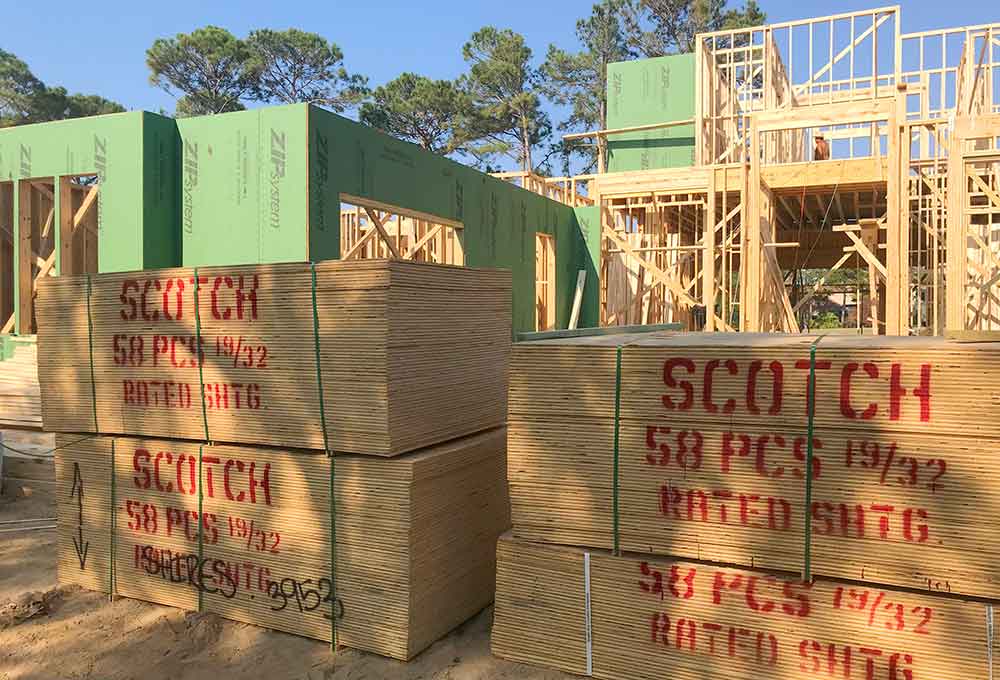Article by Rich Donnell, Editor-In-Chief, Panel World July 2022 – Sometimes the mention of a wood products plant rings as true as an old ballpark. Houlton, as in Houlton, Maine, is one example. You might say Louisiana-Pacific has been playing at the same Houlton…
CPA, APA Leaders Size Up Situation
CPA, APA Leaders Size Up Situation
Leadership from two of the major primary panel production associations provided 2022 year-end reports, while also looking ahead to 2023 and both pointed to economic issues moving forward.
“This year (2022) was more ‘back to normal,’ as the COVID pandemic was mostly in the rearview mirror. There were still a few ‘hangovers,’ with the supply chain still being constrained and a shortage of workers limiting productivity,” commented Andy O’Hare, president of Composite Panel Assn. (CPA).
O’Hare added, “The new boogieman is sticky inflation and its cousin high interest rates. We saw the effects of the latter two elements in the fourth quarter of 2022, with declines in composite wood panel shipments. The commercial and residential housing markets have been significantly impacted by the increased interest rates, which will negatively impact construction activity into at least the first half of 2023. We can be hopeful that inflation will wane progressively over the year and be back in the 3-3.5% range by Q4 2023, with an accompanying reduction in interest rates.”
Formaldehyde and climate change policy developments dominated in 2022, O’Hare said, with most of the formaldehyde action occurring in Canada. Health Canada finalized its Formaldehyde Emissions from Composite Wood Products regulations in 2021 and CPA worked with the ministry throughout 2022 to clarify several details in anticipation of the rule going into force in January 2023.
In the U.S., EPA rolled out an updated version of the Integrated Risk Information System (IRIS) for formaldehyde, a hazard and exposure assessment for the chemical, which will inform the risk assessment under the Toxic Substances Control Act (TSCA). The IRIS assessment is presently under review by the National Academy of Sciences.
Meanwhile, the U.S. Congress passed a climate change bill in August, titled “The Inflation Reduction Act,” which is heavily focused on promoting carbon free electricity generation and incentives for electric vehicles. There are also provisions encouraging the federal government to procure “low carbon” building materials, which could enhance consumption of products made with composite panels. Potential benefits for CPA members will be clearer in 2023 when these programs are implemented.
With climate change being a focus of the national and international policy dialogue, Gary Heroux, CPA technical director, initiated a study late 2022 to complete the environmental lifecycle work begun several years ago. This work in 2023 will examine the “plant gate to grave” portion of the composite panel lifecycle. This will allow CPA to account for the fate of the carbon stored in composite panels after the products in which they are contained have reached the end of their life.
Mark Tibbetts, President of APA—The Engineered Wood Assn., described 2022 as a year of transitions. “Thankfully, we put much of the disruption of the pandemic behind us. We held our first Annual Meeting since 2019. We also returned to routine mill audits and in-person meetings within our Technical Services and Field Services divisions.”
One lingering impact, Tibbetts noted, is inflation—with the response of tightening monetary policy being felt most acutely in the housing market. On a year-over-year basis, new housing starts dropped 16.4% since November 2021, with single-family construction declining 32.1% over the past 12 months.
“I believe we are in store for a shallow recession and don’t buy into the Fed taking its foot off the break,” Tibbetts said.
Tibbetts noted several positives. APA’s proposal to allow OSB sheathing in floor construction in high-velocity hurricane zones in Florida, mainly Miami-Dade/Broward counties, was recommended to the Florida Building Commission for approval as part of the 2023 Florida Building Code by the Florida Code Committee.
APA’s Quality Services Div. spent much of the year conducting a comprehensive review of APA’s quality program and APA is aligning processes across regions, improving documentation and quality of the work product.
Latest News
Peanuts And Crackerjacks
Pacific Woodtech Acquires LP EWP Division
Burlington, Wash.-based Pacific Woodtech announced the acquisition of Louisiana-Pacific Corp.’s EWP (I-Joist and LVL) division for $210 million. The acquisition includes LP laminated veneer lumber and I-Joist manufacturing facilities in…
Arauco NA Expands TFL Operations
Arauco has announced that it will invest $20 million to expand its thermally fused lamination (TFL) operations at its state-of-the-art particleboard mill in Grayling, Mich. The new lamination line will be Arauco’s third TFL line at Grayling and will increase the…
Raute Appoints New President/CEO
Raute Corp.’s Board of Directors has appointed Mika Saariaho as the new President and CEO beginning in late November. He will join Raute from Metso Outotec Corp. where he holds the position of Senior Vice President. Saariaho succeeds Tapani Kiiski who left…
Bakelite Synthetics Completes GP Chemicals Purchase
Bakelite Synthetics has completed the previously announced acquisition of Georgia-Pacific’s chemicals business (Georgia-Pacific Chemicals). With this acquisition, and after more than 100 years…
Weyerhaeuser Led Company Through Key Years
Weyerhaeuser Led Company Through Key Years George H. Weyerhaeuser Sr., who served as president and CEO of Weyerhaeuser Co. from 1966 to 1991 during an exciting period of wood products development while encountering new timber supply challenges brought on by an...
Boise Cascade Acquires Coastal Plywood
Boise Cascade Co. has reached an agreement to acquire Coastal Plywood Co., including plywood mills in Havana, Fla. and Chapman, Ala., from Coastal Forest Resources Co. for $512 million, subject to certain closing adjustments. The two facilities employ 750. “This acquisition incrementally expands our veneer capacity in support of our customers,” says Nate Jorgensen, CEO, Boise Cascade…
Is This Really Happening?
Article by Rich Donnell, Editor-In-Chief, Panel World May 2022 – At the risk of repeating myself (what the heck, I’ll be 67 in September), I remember at the beginning of the 2020 Panel & Engineered Lumber International Conference & Expo (PELICE) in Atlanta, as I spoke to the gathering on the first morning, when I referred to one of the scenes in the movie, “Saving Private Ryan.” It was the…
Find Us On Social
Newsletter
The monthly Panel World Industry Newsletter reaches over 3,000 who represent primary panel production operations.
Subscribe/Renew
Panel World is delivered six times per year to North American and international professionals, who represent primary panel production operations. Subscriptions are FREE to qualified individuals.
Advertise
Complete the online form so we can direct you to the appropriate Sales Representative. Contact us today!

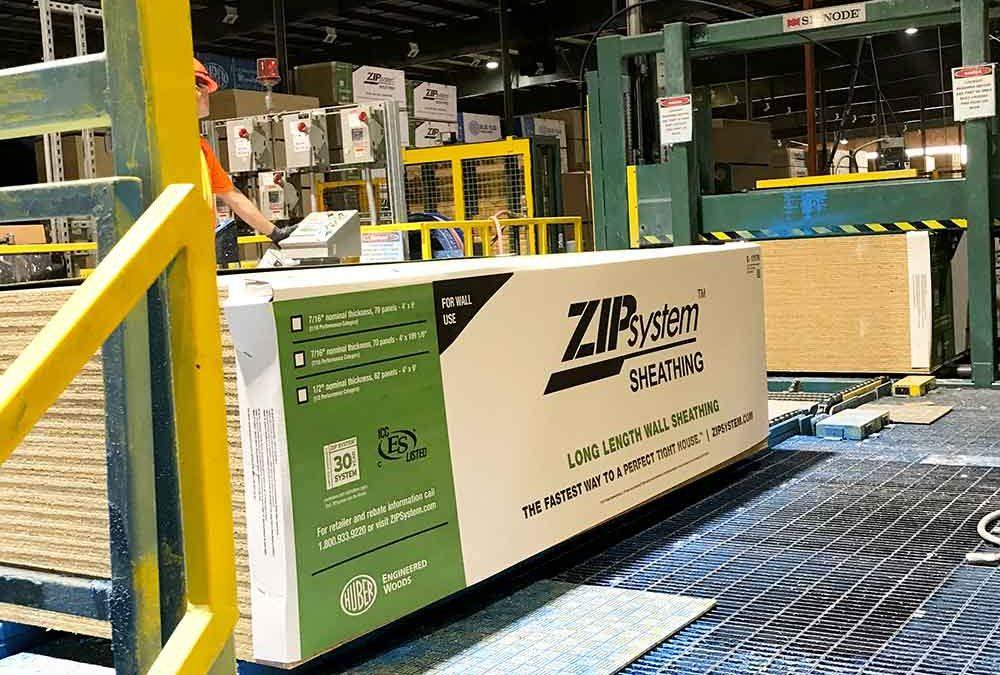
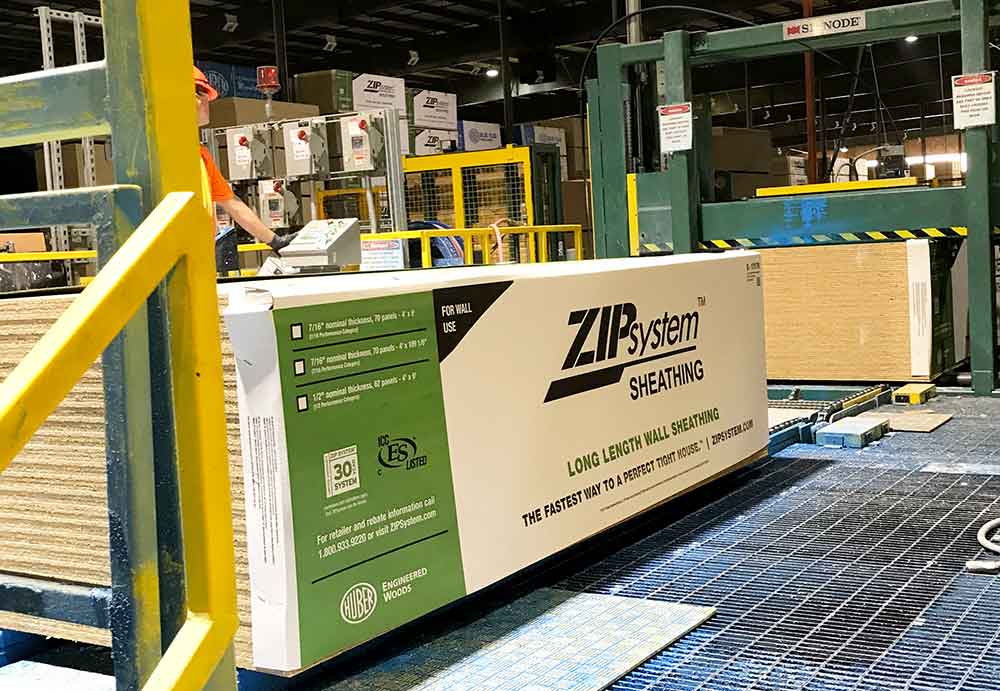
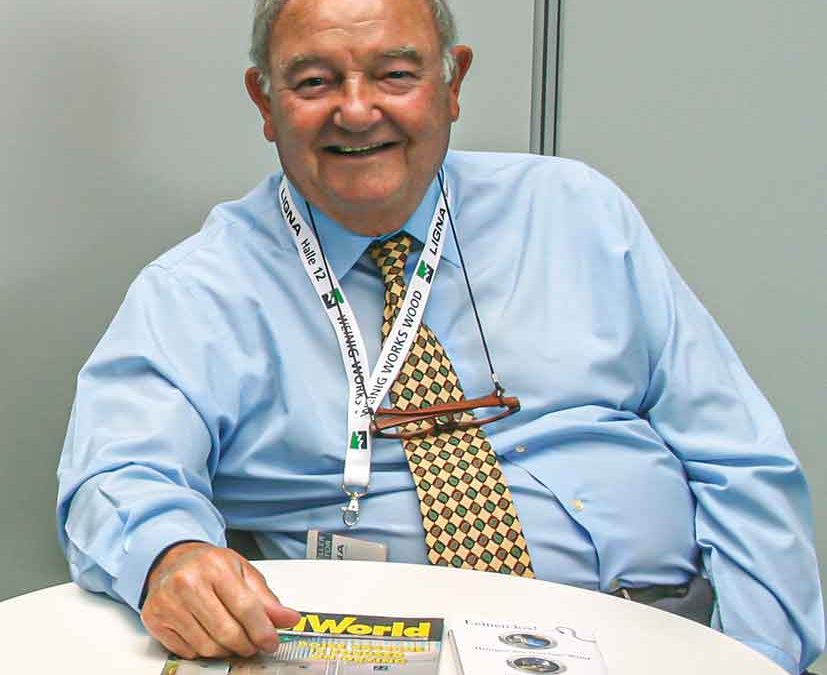
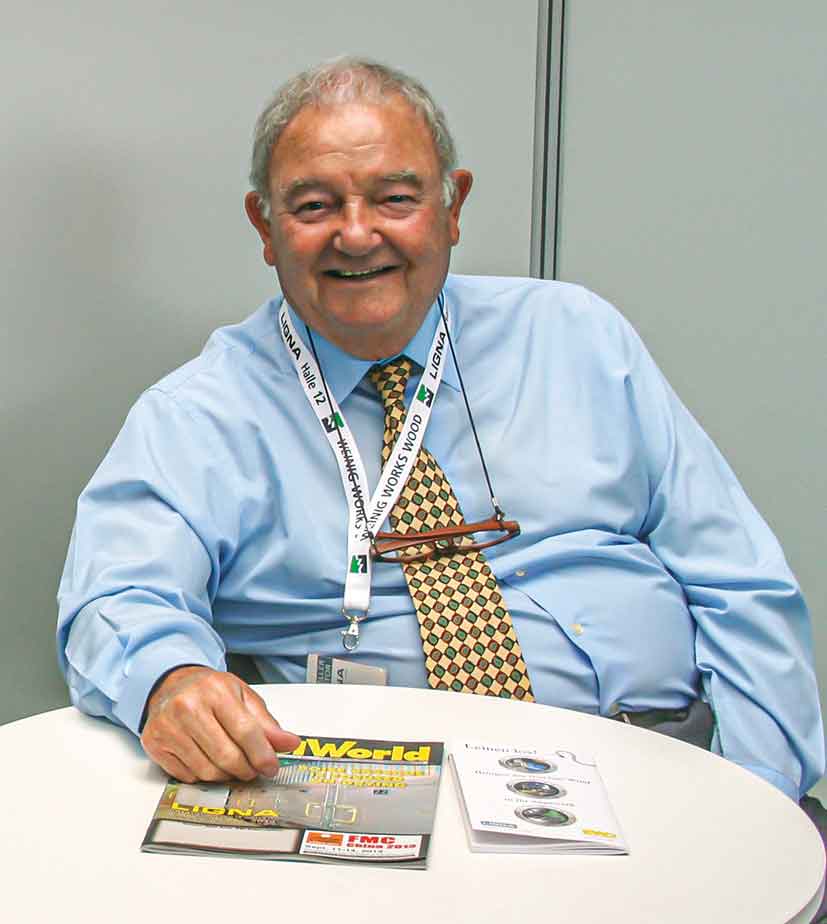 Alan Douglas Brett, who in the latter half of his career led the international advertising sales growth of Panel World magazine, and whose vigorous life included professional motor cycle speedway racing as a young man and a long stint as sales manager with the Daily Telegraph in London, died January 16 following health issues at his villa at Aldea de las Cuevas, Benidoleig, Alicante, Spain. He was 86.
Alan Douglas Brett, who in the latter half of his career led the international advertising sales growth of Panel World magazine, and whose vigorous life included professional motor cycle speedway racing as a young man and a long stint as sales manager with the Daily Telegraph in London, died January 16 following health issues at his villa at Aldea de las Cuevas, Benidoleig, Alicante, Spain. He was 86.